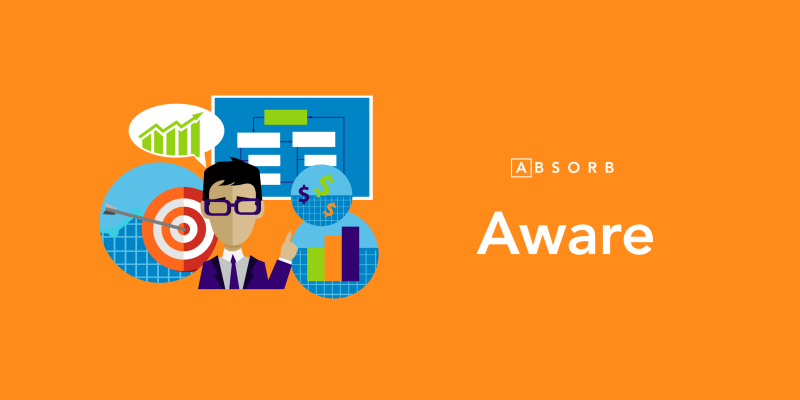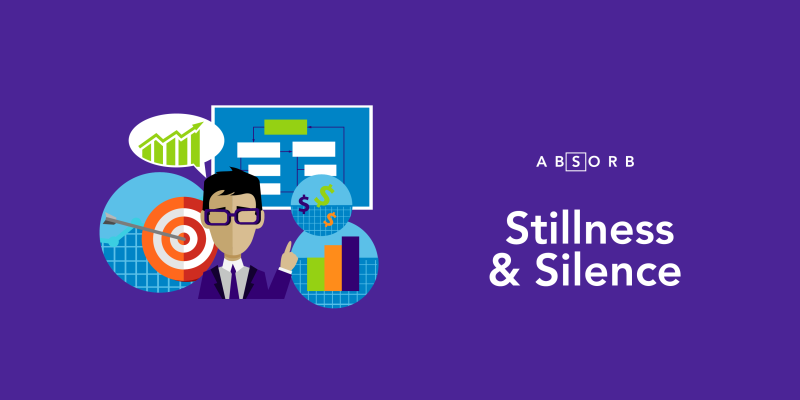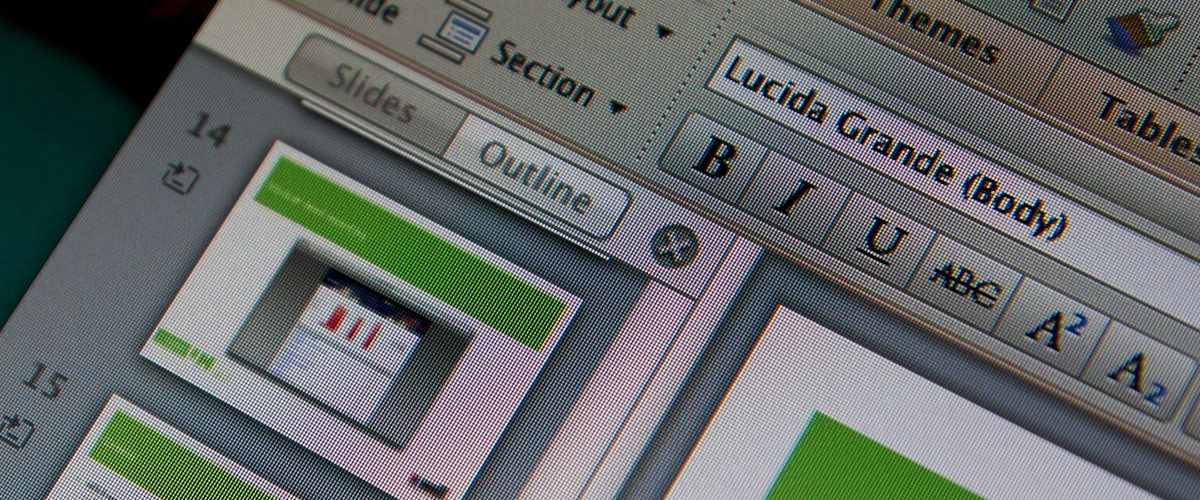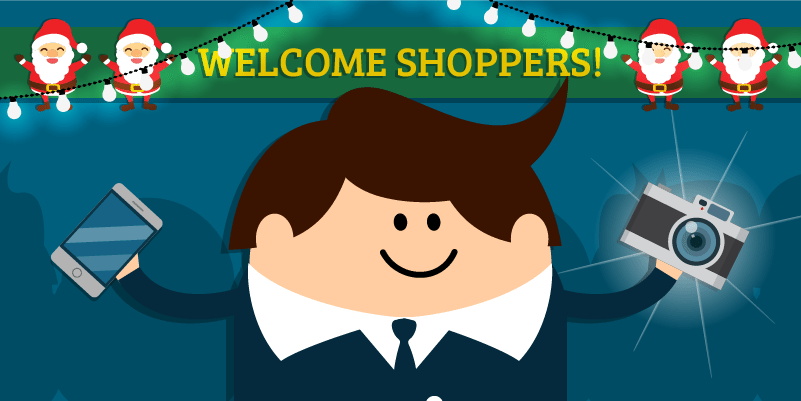Connecting with the audience and getting your message across is the goal of any presentation. The impact you make varies on the preferences of the people you’re facing. Nothing’s wrong with tailor-fitting your presentation for the specific group you’re presenting to.
Most of the time, it’s even encouraged. But if you’re looking for a general framework, there are some rules that apply to any type of presentation audience. Remember the following guidelines the next time you face a crowd:
Your Listeners Aren’t Children
No one wants to be talked down to. Although you have to explain your points clearly, don’t treat your audience like they don’t know anything. Be careful not to offend them by sounding like you’re belittling them. Doing so will make you sound obnoxious and would only deter them from listening.
Get to know your listeners either by interacting with them prior to the event or looking them up. This gives you a better grasp of how to handle them. In most cases, using the conversational tone is good enough to establish rapport without sounding condescending.
Consider how you would want to be addressed by another person and apply this when communicating with your audience.
Don’t Make Fun of Anyone
Engaging listeners is important in keeping their attention. One way to keep people interested is by involving them in your speech. Let your audience participate by prompting them with questions or incorporating humor. But don’t overdo it.
Don’t crack a joke just to get their attention. Make sure what you’re saying is still connected to your main idea. Straying from your point only makes things confusing.
Another important reminder when using humor is to never make fun of an audience member. In her book, Public Speaking is Not For Wimps, leadership speaker Kimberly Alyn dedicates a section to discussing the correct use of humor in public speech.
Although humor engages, it can sometimes do the opposite and further discourages the listener. This isolates and embarrasses the object of ridicule. The last thing you’d want in your presentation is to have someone feel discomfort because of something you did.
Be Professional
This may sound common, but professionalism is a must in any presentation. Don’t sacrifice your credibility in an attempt to appear familiar with your audience. Relating a few personal experiences is fine in creating a narrative where people can associate with.
On the other hand, steer away from being overly comfortable. Telling stories that are too personal can make the audience feel as uncomfortable as a stiff presenter. In a way, distancing yourself from your listeners also shows a form of respect.
People will appreciate your effort as you connect with them, but will also feel awkward if it goes overboard.
Conclusion
Dealing with your audience can be tricky. You need to know the right thing to say, at the right time. But once you find out how to win over your listeners, there’s very little else you need to be worried about. In case you don’t, you can apply common courtesy.
Don’t belittle your audience by over explaining facts or questioning their culture, unless it’s intrinsically a part of your presentation. Apply some fun to your speech, but never at the expense of another person’s feelings. Being considerate and empathic maintains a professional atmosphere during your speech.
Converse with people to ease tension, while keeping your own dignity intact. It’s a way of sounding like a familiar friend without overstepping your bounds.
Need a good PowerPoint to match with your well-planned speech? Contact our SlideGenius experts today and get a free quote!
References
Alyn, Kimberley. Public Speaking is Not for Wimps!. Florida: Llumina Press, 2003.
Featured Image: “Audience” by Jesper Ronn-Jensen on flickr.com



![Secret Santa Rules: How to Make Your Presentation Worthwhile [Infographic]](https://www.slidegenius.com/wp-content/uploads/2015/12/SGBlog-presentation-secret-santa-1200x500-1.png)

![Brand Conquest: Mainstreaming Your Niche Like Star Wars [Infographic]](https://www.slidegenius.com/wp-content/uploads/2015/12/Featured-Image-01-1200x501-1.png)







![All the World’s a Stage: Presentation Lessons From Theater [Infographic]](https://www.slidegenius.com/wp-content/uploads/2015/12/FeaturedImage-PresentationLessonsTheater-1200x500-1.png)






